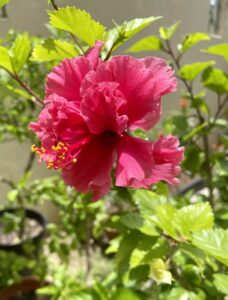It’s that time of year when flowers, all kinds of flowers, take center stage. This month, I’ve asked my garden colleagues—from Alaska to Puerto Rico—to nominate their longest bloomers. Consider adding these power-packed blossoms to your garden. Many may be started in the greenhouse for next year’s long-running displays.
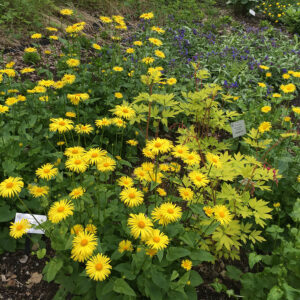
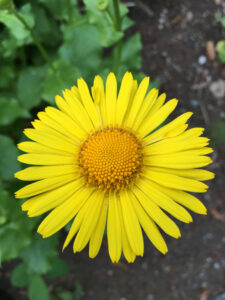
Alaska
Pat Ryan, Education Specialist at the Alaska Botanical Garden, admires leopard’s bane (Doronicum spp.) for its cheerful yellow blossoms that appear in spring when little else is blooming. While it dislikes hot humid weather, it is a perennial in Alaska, Zone 4b. Pat says, “This year, with a cool spring, the blooms lasted for several weeks, with good, strong growth.” Pair it with late-season bloomers that come on as it fades. Sow leopard’s bane seed in a cool greenhouse.

Pacific Northwest
This is where I garden. My nomination is any hellebore. Helleborus orientalis, niger, argutifolius, or hybrids are at home from Zones 3-9. Here in my Zone 7b garden, they start blooming around December, and some go straight through until the hottest days of summer. If they find a spot they like, they seed themselves, and the tiny plants can be easily moved around or potted up for the greenhouse.
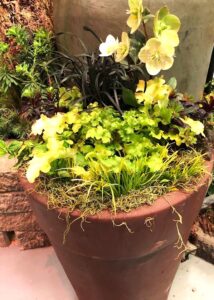

Colorado
Ethne Clark, award-winning editor and author, who also writes for this magazine, lives in Zone 5b at 6200 feet on the eastern side of the Front Range, at the foot of Pikes Peak. The weather is a major challenge. She says, “We just had our fourth hailstorm in the last couple of weeks. Plants now look worse than ever! Except for Allium schubertii, which just keeps on keeping on.” This ornamental onion, Ethne says, starts in early June, and holds its color until the seeds begin to form in mid-July. The dried seed heads persist, she notes, “Until I pick them for dried flower arrangements, or shake the seed around to get more bulbs, which mature to flower quite quickly.”
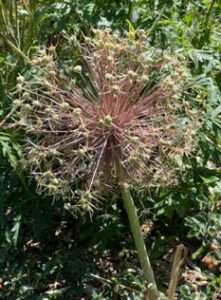
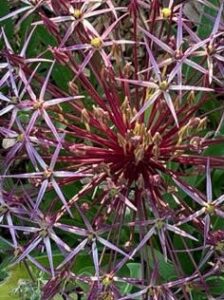
Indiana
Carol Michel, author, blogger, and podcaster, gardens in Zone 6b. She nominates the hardy cranesbill (Geranium Rozanne®). “I like how it mixes in without taking up a lot of room,” she says. “It kind of weaves in and out of the other plants.” It can be grown in tough conditions and the violet-blue flowers appear from early summer to fall.
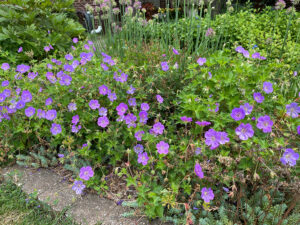
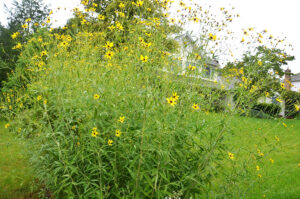
Pennsylvania
Kirk Brown, historic gardener and designer, also gardens in Zone 6b. His choice is tall tickseed (Coreopsis tripteris). Kirk says, “This six-to-eight-foot stately coreopsis is in non-stop bloom from late July until frost.” A North American native, it tolerates hot and humid weather, almost any soil, and dry conditions. It is a strong self-seeder, so prompt deadheading will encourage more blossoms.
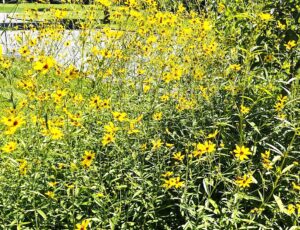
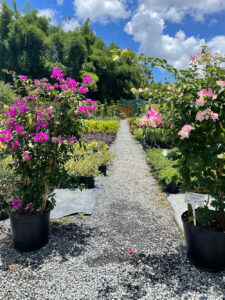
Puerto Rico
Perla Sofia Curbelo Santiago is a garden communicator and founder of Agrochic.com. She gardens in Zones 10-13. With all that tropical abundance, she has many favorites, such as bougainvillea and lantanas. “Both are perennials here,” she says, “and in summer their flowers are vibrant and intense.” However, Perla says, “If I have to choose one, hibiscus is the winner! They are blooming all year long.” For more northern gardens, new hardy hibiscus can bring the same tropical look. All three make fine greenhouse plants.
